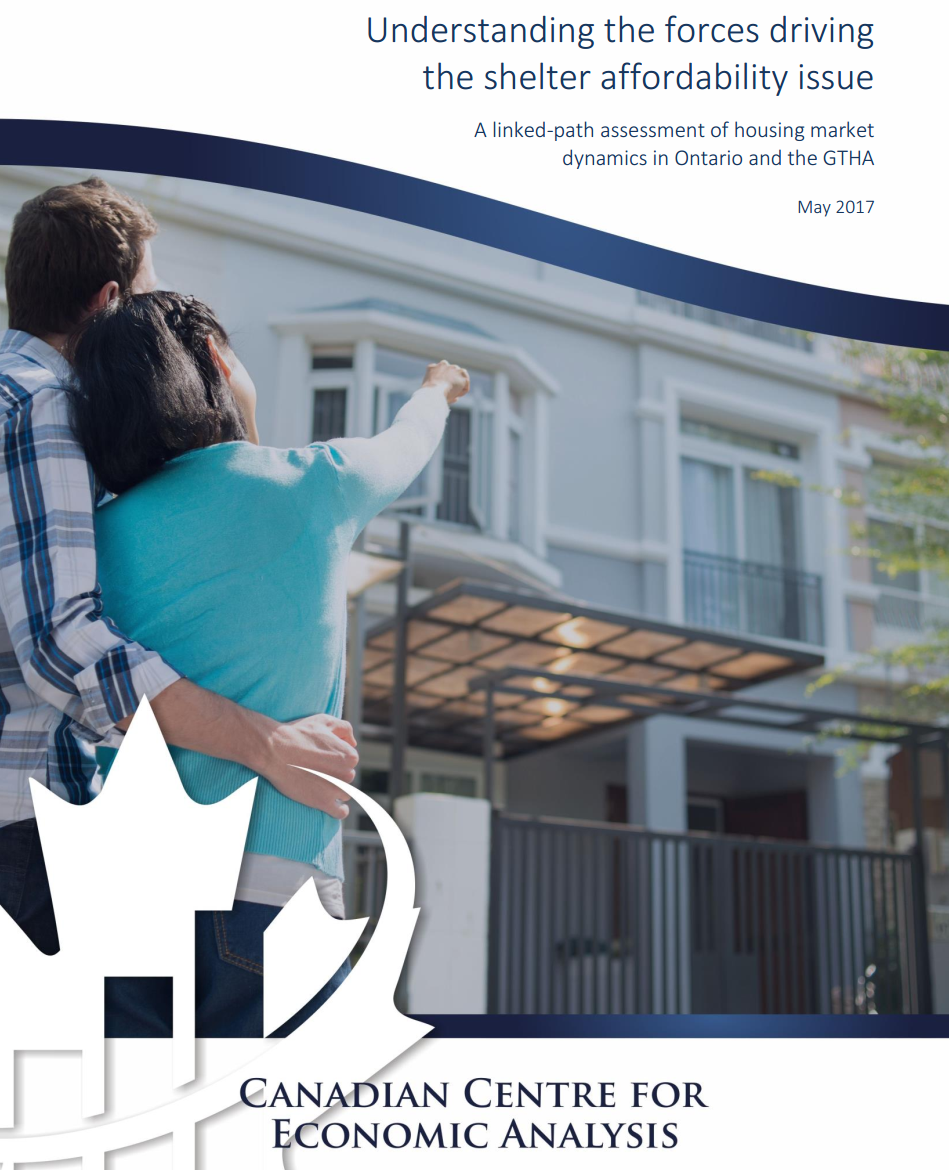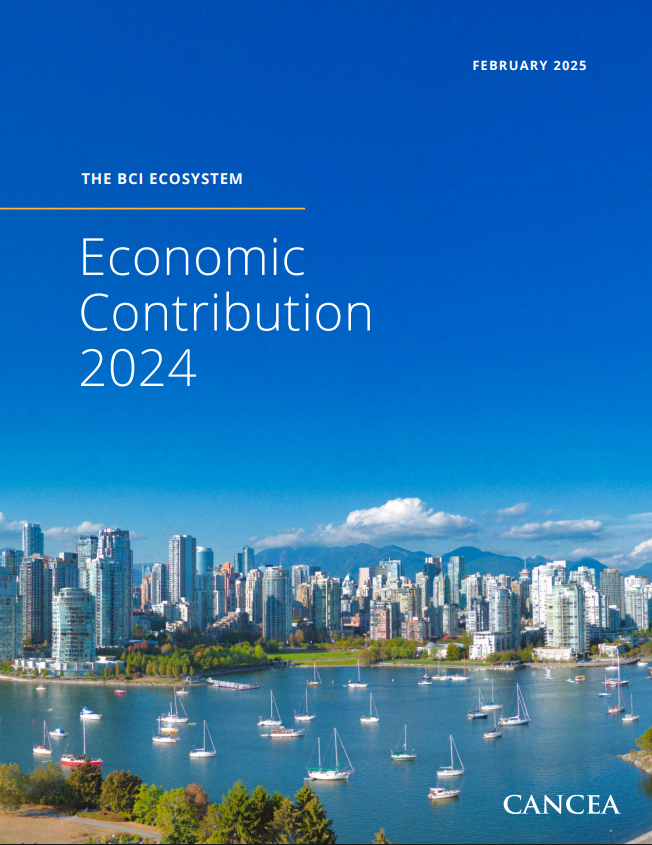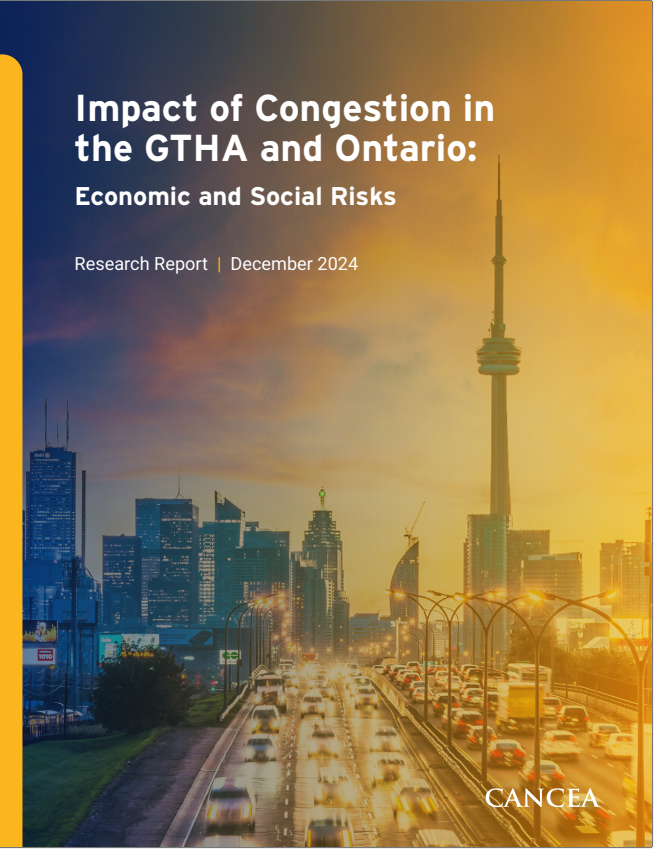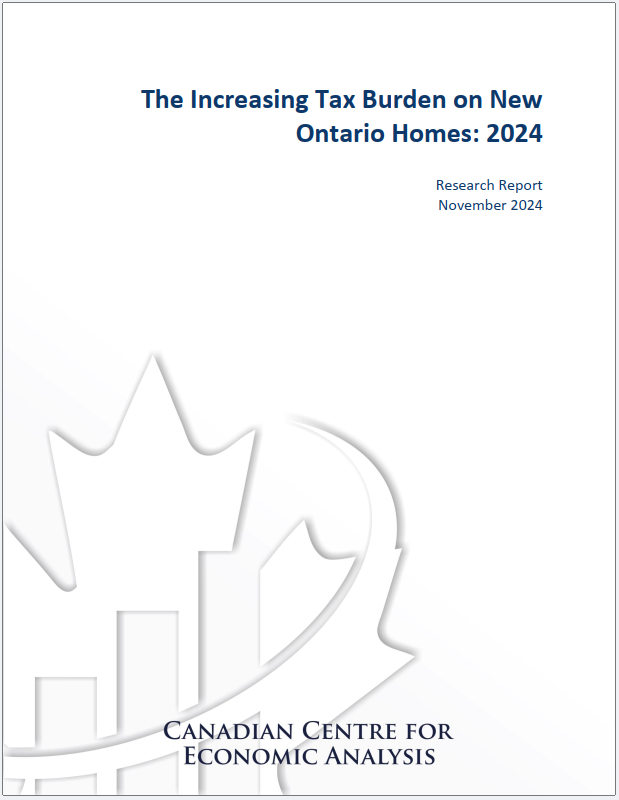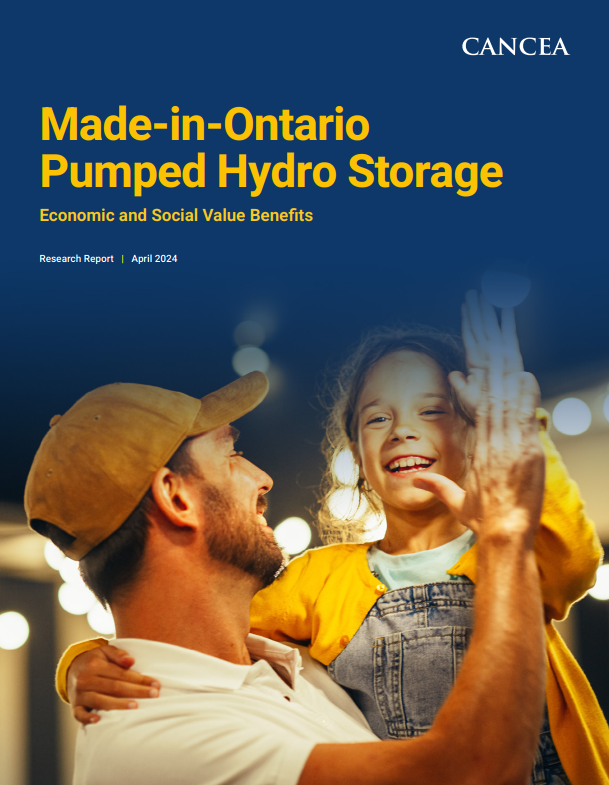The deteriorating affordability of shelter in select Canadian markets has become the focus of much analysis and regular national headlines (seemingly on a daily basis), which acknowledge its impact on millions of households across a wide spectrum of income and wealth. And no wonder: there are few issues more central to our day-to-day well-being than finding affordable shelter that is safe, comfortable, and close to our places of work, education, worship, and play. But what makes shelter “affordable”, and what can we do to help make it so?
Canada’s shelter affordability challenge is complex, rife with data limitations, and poses risks associated with both action and inaction by policymakers. Unfortunately most of the existing commentary is singularly focused, ignoring this complexity and the interrelatedness of factors and behaviours that are actually driving the issue. We might ask why, if the issue was so simple, it hadn’t been solved already.
In this latest research report, CANCEA applies its “systems approach” and “big data” modeling platform to housing affordability. We simultaneously test over 40 factors and the behaviours they impact to quantitatively determine the major drivers of decreasing affordability. This robust and comprehensive study has taught us that the region’s affordability pressures are generally due to a few key linked issues:
A lack of appropriate housing choice: in terms of size, location/transit access, and tenure;
A lack of housing productivity: in terms of lots of over-housing and density being too low; and;
Many families being “forced” into worse options: e.g., people buying when they should rent or moving farther away (e.g., from their work).;
This research applies a comprehensive dataset that has been linked in a way that does not publicly exist, studies more factors and behaviours than ever before, and provides more realistic results than can be found anywhere else. As such, we hope that this research will be recognized as a seminal contribution to the importance of the topic at hand.
The figure below highlights the key connections among the many factors and behaviours. Orange connections indicate situations where affordability worsens as the factor increases. Blue connections indicate situations where affordability improves as the factor increases.
